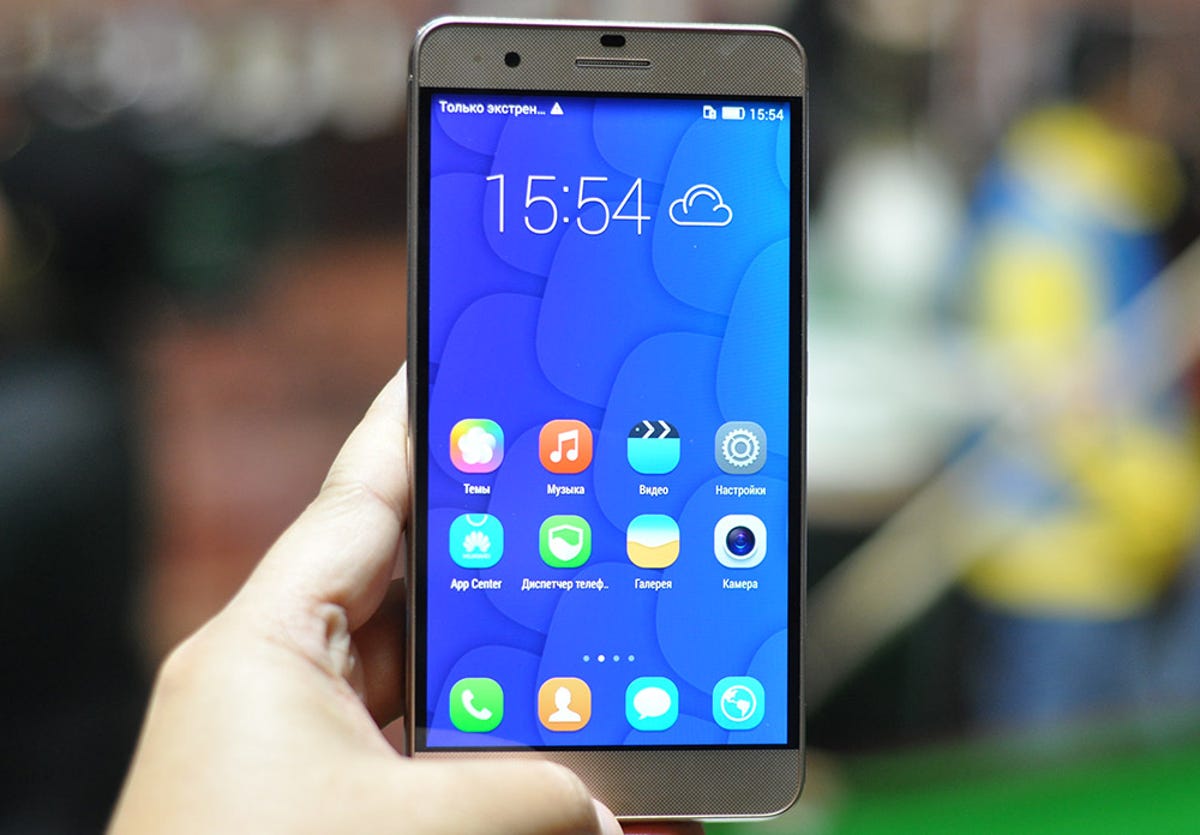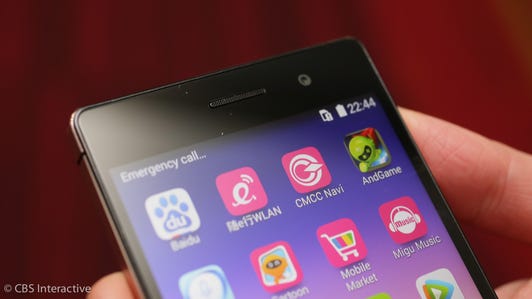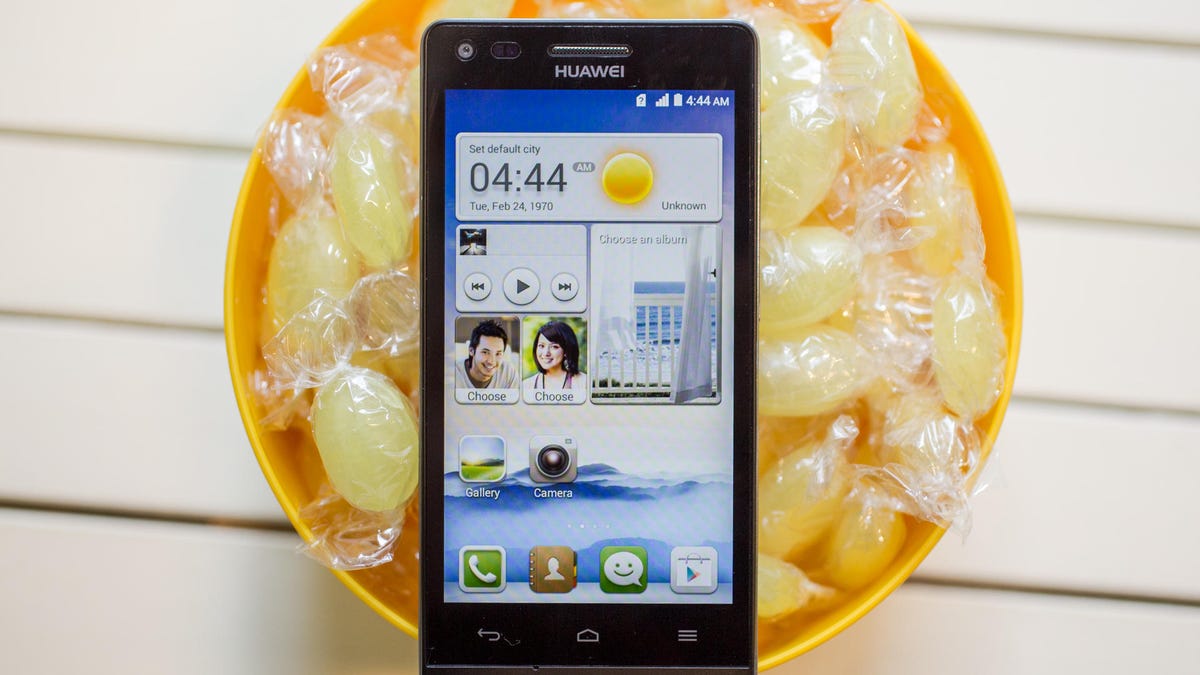
Aloysius Low/CNET
Huawei’s plan to shift resources toward more expensive smartphones in 2015 may seem like a misguided plan right now in a world where low-end and midrange handsets are dominating emerging markets, and where emerging markets are where new opportunities are for growth. Instead, Huawei’s strategy is on the right track, but the company faces a battle. Here’s the lay of the land.
All about the money
More Huawei News
- Huawei Honor 6 Plus goes after iPhone 6 Plus with dual cameras (hands-on)
- Huawei shifts sights to high-end smartphones
- Huawei smartphone revenue jumps, reports say
- Chinese handsets account for almost 40 percent of global shipments
One problem with focusing solely on emerging markets is that the race to the bottom (in terms of lower prices) does also mean that companies reap lower profits than if they sold the same volume for more money. It’s obvious, yes, but can make a big difference on the bottom line.
Fellow Chinese vendor Xiaomi is a perfect example. The third largest smartphone maker in 2014, its business is built almost solely on inexpensive phones for emerging markets. Of an overall revenue of $4.3 billion, it made only $56 million selling those phones.
Given Huawei’s strong presence in Asia Pacific and Europe, regions which consist of 41 percent and 32 percent of the global smartphone market share respectively, the company needs to continue being aggressive if it’s going to fight Xiaomi, and others — and it will need help from the high and low market segments to do that.
High-end is hard, but more desirable
Huawei’s plan to expand sounds doable, but the company will have to work at it. In Singapore, which has the highest smartphone adoption rate in world, even above South Korea, consumers prefer higher-end phones. Huawei has struggled to gain market share in this landscape dominated by Samsung and Apple, while Xiaomi has also surprisingly made considerable inroads despite its ridiculously cheap handsets, through savvy flash sales.
Strong and clear: Huawei Ascend P7 Sapphire Edition (pictures)






Huawei does splash around a bit in the high-end range already. The Ascend Mate 7 , which costs a heady $850 unlocked (translating to £560 and about AU$1,070), is the company’s highest-end flagship right now, though Huawei’s midrange devices are a lot more competitively priced. CNET reviewed it favorably, but didn’t rate it as high as other top phones.
For its part, Huawei seems confidant.
“We believe our high end phones are competitive against all brands,” said the company’s VP of international media affairs, Joe Kelly. “Including the market leaders today. So we are not worried at all about not doing well.”
Price wars and image-building
Huawei will likely struggle in a price war against rivals such as One Plus with its flagship OnePlus One — that goes for a song at a mere $299 (around £180 or AU$320), but it also has a lot more pull with distributors and telcos than both OnePlus and Xiaomi, thanks to its longer history in the industry. That relationship alone is a good reason for the company to try to expand.
Here’s another: raising Huawei’s profile as a company that can make good phones.


CNET
“It’s possible that Huawei won’t go so deep into the high-end, apart from a few devices for image-building purposes,” said Kiranjeet Kaur, senior market analyst at IDC Asia. “However, staying in the middle and having smartphones with a compelling price-value proposition, should give a fine balance between volumes and profits.”
While you may think that most Chinese smartphone makers may be gunning for Apple’s newly crowned No. 1 status in China, thanks to the iPhone 6 and 6 Plus , the stronger focus is on Korea’s Samsung.
Huawei and others, like Xiaomi, have been gobbling up Samsung’s share, especially on the middle and lower ends. Huawei will have to be very careful about introducing new high-cost phones where stalwarts like Samsung struggle.
Signs of diversity
While news of Huawei’s high-end focus may seem odd for those who associate it with the low-end, the Chinese company has already shown signs of its plans.
According to data from analyst firm IDC, sub-$100 smartphones had initially contributed 37 percent of Huawei’s overall smartphone volume in the first quarter of 2014. These numbers have since dropped to just 18 percent in Q3. Phones such as the Honor 6 and the Ascend G6 have helped the company “move upstream” to higher-priced and better-respected segments.


CNET
In the US and China, for instance, Huawei phones are typically lower-priced, whereas European markets generally see some of Huawei’s higher-end fare.
“In most countries outside China, they haven’t gone very low-end in the past, so that should help them grow their footprint in the budget/mid-range price segments especially as they expand outside of China,” said IDC analyst Kaur.
Going niche
Huawei’s best plan for attacking the high end is to target certain markets hard. The company has already seen success with this in areas like Myanmar, where Huawei has slowly and steadily strengthened its image and boosted sales to command about 50 percent of the market.
Finding opportunities in both developed markets in Australia and emerging ones such as India will also be a goal. However, it’s only a matter of time before other rivals do the same.


CNET
For Huawei, 2015 will see the company try to increase shipments of just its midtier and high-end devices up from 13.5 million in 2014 to 30 million for 2015. That rate would more than double Huawei’s growth.
The company has said it also plans to increase shipments of all its phones by 25 million to a total of 100 million units. That’s a lot of work for Huawei in a competitive landscape, a plan whose success would nevertheless help secure Huawei’s future if customers buy into those high-end phones.
Expect to see Huawei’s continued attempts at Mobile World Congress in Barcelona this March.



